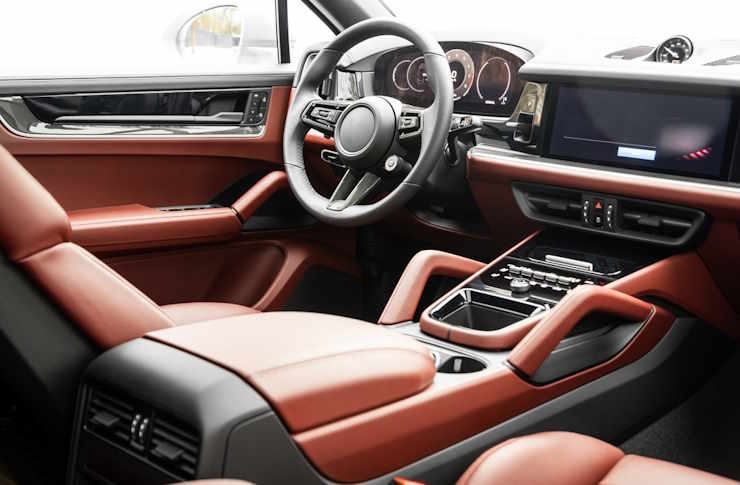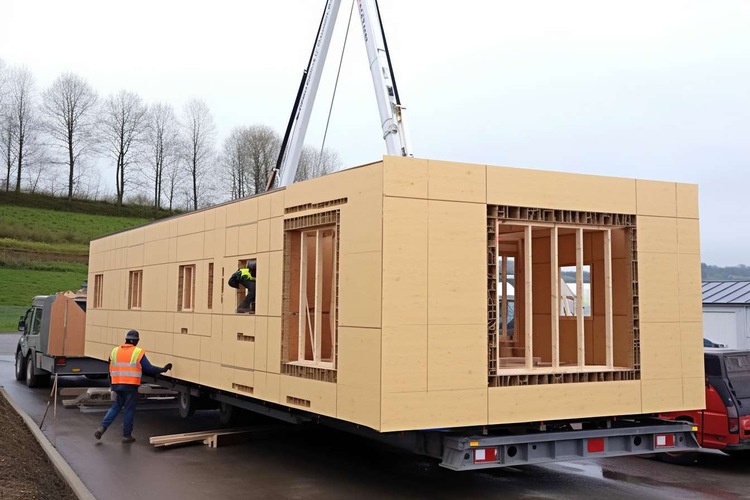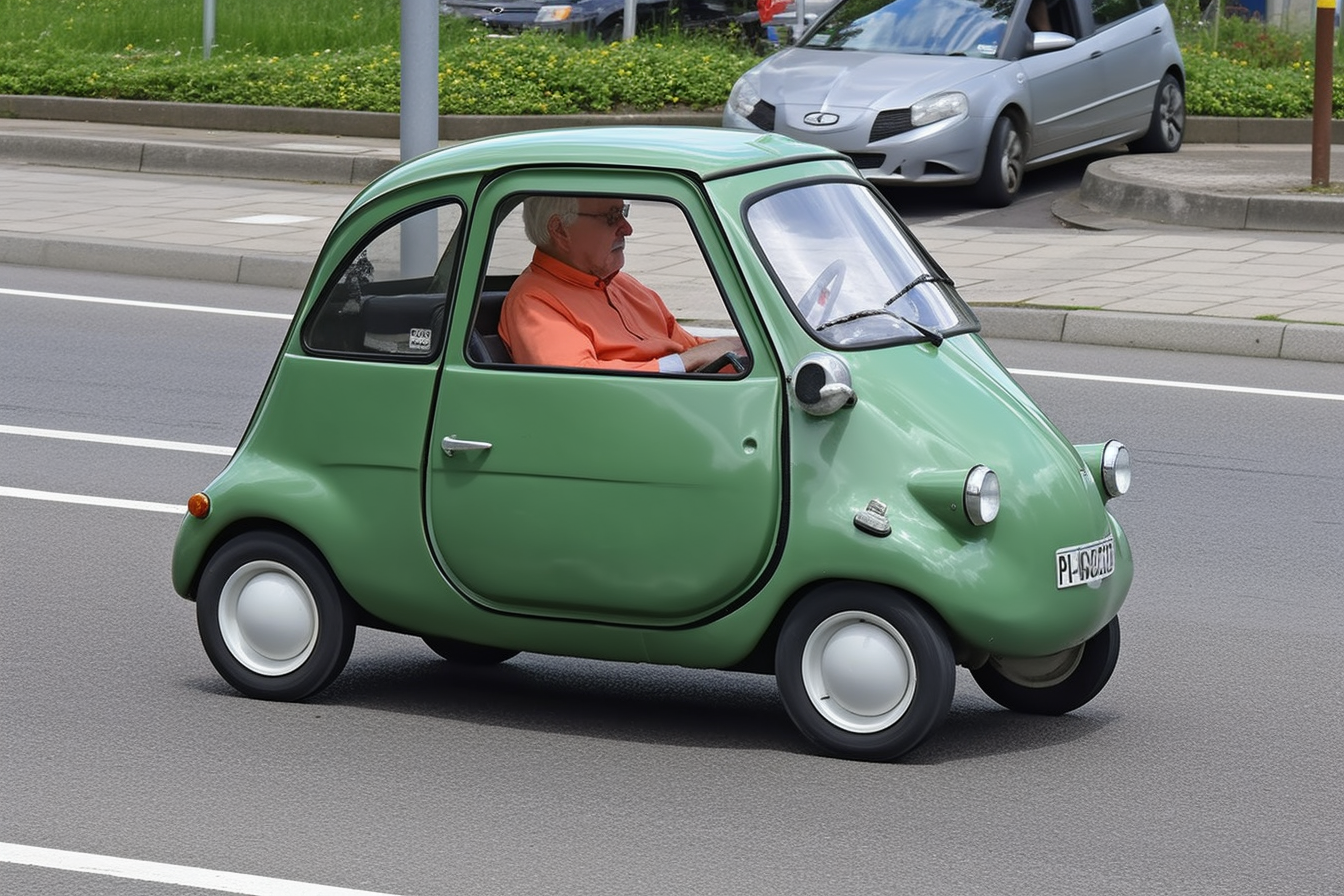Crystal-Ball Gazing: Predictive Maintenance in Modern Automotive Industry
In the maze of technological advancements and innovations, the automotive industry is witnessing a game-changer: Predictive Maintenance. No longer a thing of the future, this revolutionary concept is making headways in the realm of car manufacturing and maintenance, promising a more efficient, cost-effective, and reliable experience for vehicle owners.

The Birth of Predictive Maintenance
Predictive maintenance, a term that might have seemed like a science fiction concept a couple of decades ago, is now a reality in the automotive world. Born from the convergence of advancements in data analytics, the Internet of Things (IoT), and Machine Learning, predictive maintenance aims to preempt vehicle breakdowns before they occur. Instead of the traditional reactive measures, this approach enables car manufacturers and owners to take proactive steps, thus lengthening the lifespan of the vehicle, reducing costs, and enhancing performance.
The Current Landscape: IoT and Machine Learning at the Helm
Today, the automotive industry is leveraging IoT and Machine Learning to drive predictive maintenance. IoT devices fitted in vehicles collect vast amounts of data from various sensors, while Machine Learning algorithms analyze this data to predict potential issues and malfunctions. This amalgamation of technology and data science has paved the way for a more streamlined and efficient approach to car maintenance and repair.
The Impact: Cost-Effective and Efficient
Predictive maintenance is poised to have a transformative impact on the automotive industry. By predicting potential issues before they become significant problems, it can dramatically reduce downtime and maintenance costs. Moreover, it can also improve the efficiency of vehicles by ensuring that they are operating at optimal conditions. The benefits are not just for the manufacturers and service centers, but also for the customers who can enjoy a more reliable and efficient driving experience.
Hurdles and Challenges
Despite its promise, the adoption of predictive maintenance in the automotive industry is not without its challenges. For one, it requires significant investment in IoT infrastructure and data analytics capabilities. Additionally, there are concerns about data privacy and security, as the technology involves the collection and analysis of vast amounts of sensitive data. However, as the technology matures and these issues are addressed, the adoption of predictive maintenance is likely to increase.
Looking Ahead: The Future of Predictive Maintenance
The future of predictive maintenance in the automotive industry looks bright. As technology continues to evolve and data analytics capabilities improve, the accuracy and reliability of predictive maintenance are expected to increase. Furthermore, with the rise of connected cars and smart cities, the potential applications of this technology are vast. Although there are challenges to overcome, predictive maintenance is undoubtedly a key player in shaping the future of the automotive industry.
In conclusion, predictive maintenance is revolutionizing the automotive industry, offering a proactive approach to vehicle maintenance and repair. As technology continues to advance, it is set to become an integral part of the automotive landscape, promising a more efficient and reliable future for car owners.




